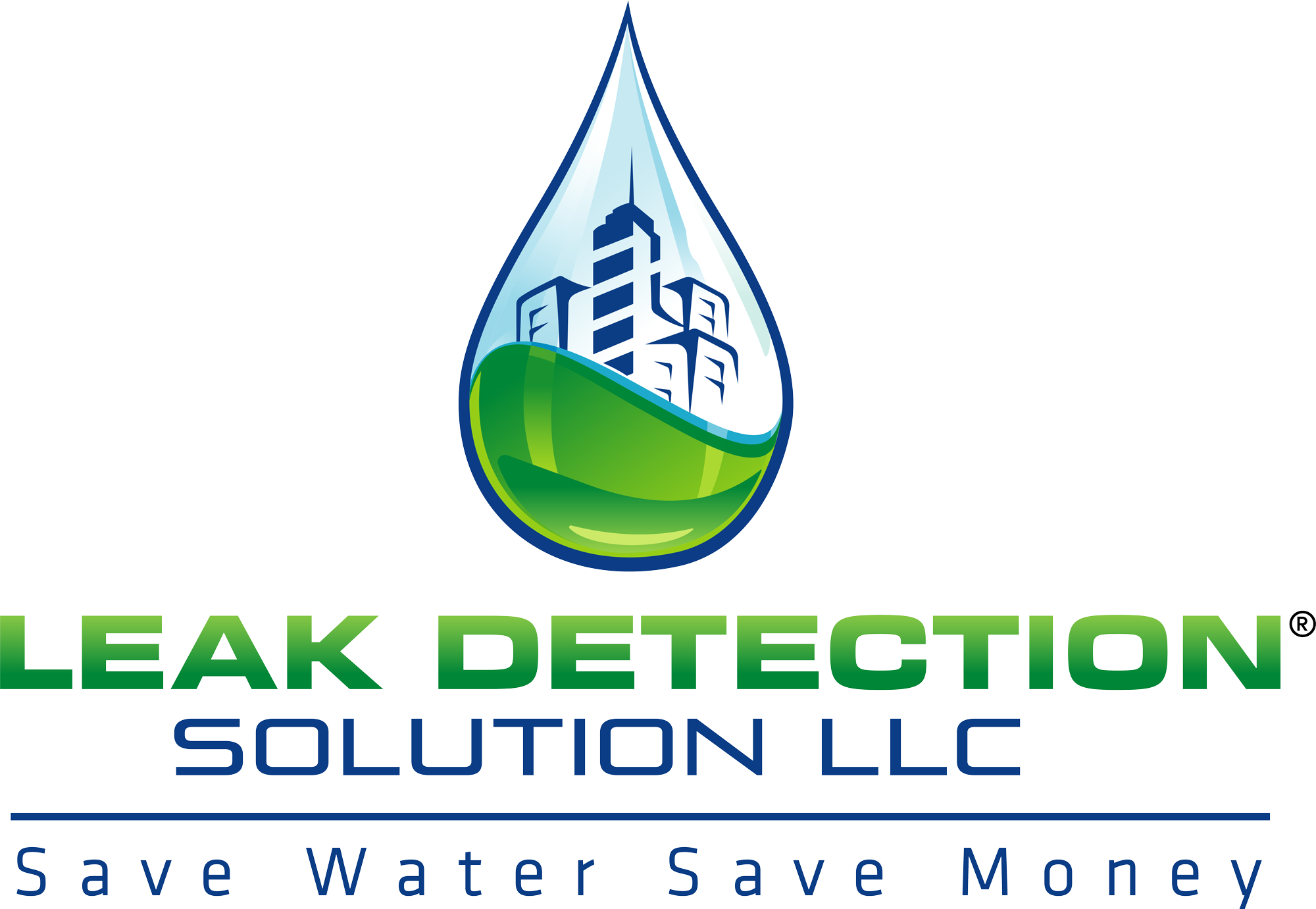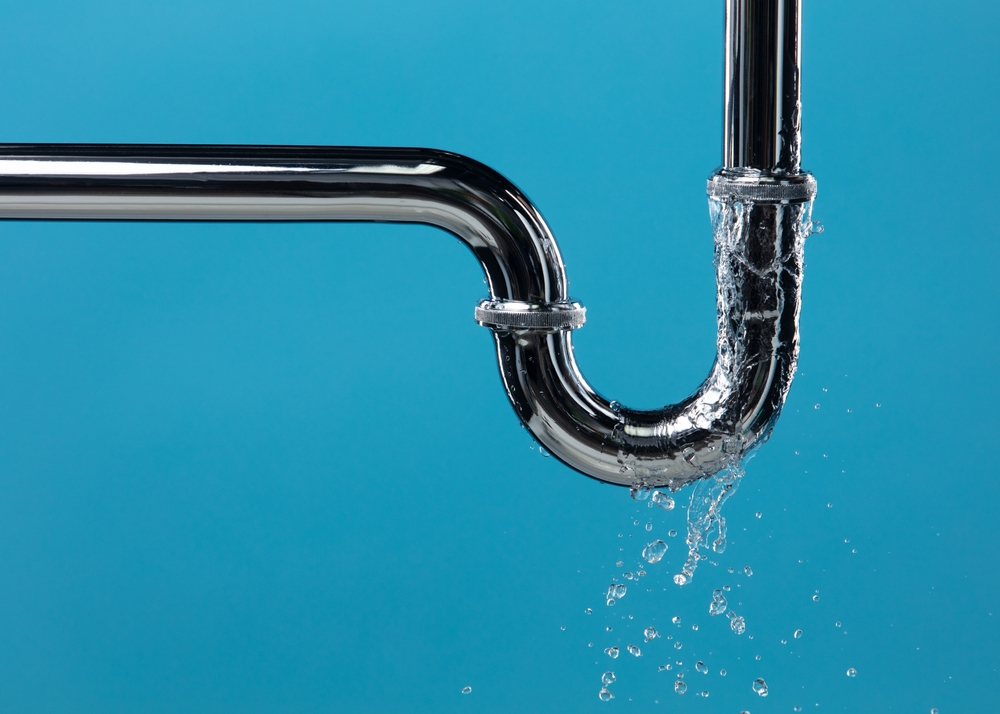When it comes to residential homes, few things are as concerning as leaks. Whether it’s a slow, unnoticed drip or a sudden burst that causes significant damage, water leaks can lead to costly repairs and potential health hazards. The trick to effectively addressing these problems is knowing how to approach them from the moment they appear. Leak detection in residential homes requires understanding the common sources of leaks, the signs to look for, and the best methods for dealing with them. This guide will walk you through how to approach residential leaks with practical advice and insight.
Identifying the Source of the Leak
The first step in addressing any leak is identifying its source. In residential homes, leaks can occur in a variety of places, including roofs, pipes, windows, and even around foundations. A roof leak, for example, may appear as water stains on your ceiling or walls, but the actual problem may be several feet away from where the water is showing up. Similarly, leaks from plumbing can often go unnoticed for extended periods, especially if they occur behind walls or under floors.
Start by looking for signs of water damage. Water stains, mold growth, or soft spots in the walls or floors often point to a leak. If your water bill increases without any obvious reason, this could also be a sign that water is leaking somewhere in the plumbing system. In some cases, you may need to use specialized equipment for leak detection in residential homes, such as moisture meters or thermal cameras, to pinpoint the source of the leak. These tools can help you detect moisture levels within walls or under floors, even if the water isn’t visibly pooling.
Assessing the Damage
Once you’ve identified the source of the leak, the next step is to assess the damage. Depending on the extent of the leak, damage could range from minor issues such as a damp carpet to more serious problems like warped flooring, structural damage, or mold growth. If the leak has been ongoing for a while, it is crucial to assess whether the damage extends beyond what is immediately visible.
Water can seep into insulation, wood, drywall, and even the foundation of a home. If not dealt with promptly, this can weaken the structure of the home and create an ideal environment for mold and mildew to grow. Mold can present health risks, especially for individuals with respiratory issues or allergies. Therefore, assessing the damage thoroughly is not just about determining the cost of repairs but also about ensuring the safety and long-term health of your home and its occupants.
If the leak is minor and isolated to a small area, such as a leaky faucet or a cracked window seal, you may be able to repair it yourself. However, more extensive damage, such as leaks in plumbing systems or roofs, may require professional help to ensure that the leak is fixed properly and that the damage is mitigated.
Fixing the Leak
After assessing the damage, it’s time to focus on fixing the leak. The method of repair will depend largely on the location and type of leak you’re dealing with. If you’re dealing with plumbing leaks, the solution may be as simple as replacing a pipe or sealing a joint. For leaks in the roof, you may need to patch holes, replace shingles, or even replace entire sections of roofing material.
For plumbing leaks, ensure the water supply is turned off to avoid additional damage. If you’re unsure of how to proceed with fixing plumbing leaks, it’s often best to call in a licensed plumber. A plumber will not only fix the leak but also check the overall condition of your pipes and plumbing system to ensure there are no underlying issues that could lead to future leaks.
When dealing with a roof leak, it’s important to fix the issue as soon as possible, as water damage can quickly spread and worsen. Depending on the size of the leak, a homeowner may be able to apply a temporary fix, such as sealing the area with waterproof materials. However, for larger or more complex roof issues, it’s advisable to consult a roofing contractor who can provide a permanent solution. Remember that regular roof inspections are also a preventive measure that can help identify small leaks before they become bigger problems.
Preventing Future Leaks
Once you’ve addressed the immediate leak, it’s important to think about how to prevent future leaks from occurring. Preventative plumbing maintenance is key to protecting residential homes from water damage. Simple actions such as regular roof inspections, cleaning gutters, and checking plumbing systems can save you from having to deal with the stress and expense of future leaks.
Start by inspecting areas that are prone to water damage, such as basements, attics, and crawl spaces. Ensure that these areas are adequately sealed and that any signs of moisture are addressed promptly. Gutter systems should be cleaned regularly to ensure that water flows freely away from the house, preventing water from accumulating and potentially leaking into the roof or foundation.
If you live in an area with frequent storms or heavy rainfall, consider installing sump pumps or other drainage systems in your basement or crawl space. These systems can help direct water away from the home, minimizing the risk of water damage and leaks. In areas where freezing temperatures are common, make sure your pipes are insulated to prevent them from bursting during the winter months.
For residential homes, maintaining the integrity of the roof is crucial in preventing leaks. Regular roof inspections will help catch minor issues before they turn into major problems. If you live in an area with harsh weather conditions, such as high winds or heavy snow, it’s even more important to keep up with roof maintenance and repairs.
When to Call a Professional
While some small leaks can be fixed with basic DIY skills, there are instances when it’s best to call in a professional. For complex issues such as leaks in the plumbing system, roof, or foundation, professional help is often necessary. A licensed plumber or roofing contractor can accurately assess the situation, recommend the best course of action, and ensure that repairs are carried out correctly.
In addition, if you’re dealing with a leak that has caused significant damage to your home or health concerns, such as mold growth, it’s best to contact a professional. Mold remediation specialists can safely remove mold and repair the affected areas, while contractors can assess structural damage and make any necessary repairs to restore the integrity of your home.
When hiring a professional for leak detection in residential homes, always ensure that they are licensed, insured, and have experience dealing with the specific type of leak you are facing. It’s also advisable to get multiple quotes and references to ensure you’re working with a reliable and trustworthy contractor.
Conclusion
Dealing with leaks in residential homes can be a frustrating and costly experience, but with the right approach, you can mitigate damage and prevent future issues. The key is to act quickly when you notice signs of a leak, assess the damage thoroughly, and take the appropriate steps to fix the issue. Whether it’s a simple fix that you can handle yourself or a more complex issue requiring professional help, understanding the steps involved will help ensure that your home stays safe and dry for years to come. Leak detection in residential homes is a crucial skill for homeowners to master, as it can save both time and money in the long run.
Need a Professional Plumber in Near You?
Here at Leak Detection Solution LLC, we’ve proudly served Florida’s communities since 2013 with a commitment to excellence in plumbing, drainage, and water heater services. Our team of experienced professionals, with over 25 years of combined expertise, is dedicated to providing dependable solutions for residential, industrial, and commercial needs. Whether you’re in Sarasota, Charlotte, or Manatee County, we’re here to help you tackle any plumbing challenge. Don’t hesitate to reach out to us for reliable, top-notch service—contact us today and let our seasoned team provide the solutions you need!





